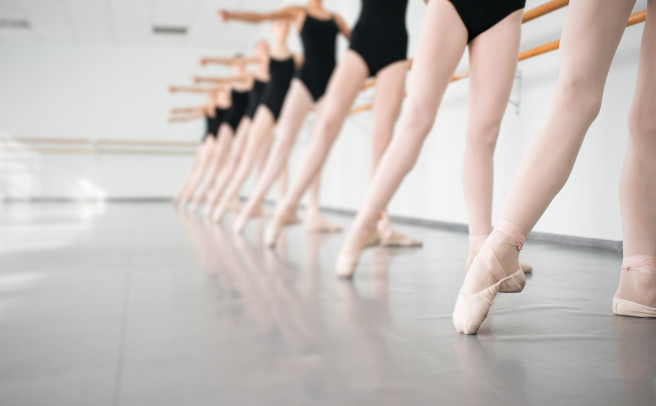Dance Injuries Often Overlooked
 Dance as a youth sport continues to grow year after year with girls and boys beginning to take dance lessons as young as 3 years old and many get serious and start competing from ages 6-14. While there are many styles of dance lessons, most if not all dances from ballet to hip hop to contemporary to jazz all require a high level of flexibility, balance, strength, endurance and mental capacity to memorize and perform the movements. With the pure amount of repetitive motions and body-demanding movements required on a young athlete, dancers are just as likely to get injured as youth football players.
Dance as a youth sport continues to grow year after year with girls and boys beginning to take dance lessons as young as 3 years old and many get serious and start competing from ages 6-14. While there are many styles of dance lessons, most if not all dances from ballet to hip hop to contemporary to jazz all require a high level of flexibility, balance, strength, endurance and mental capacity to memorize and perform the movements. With the pure amount of repetitive motions and body-demanding movements required on a young athlete, dancers are just as likely to get injured as youth football players.
Dancing Impact on Youth Bodies
A study posted in the Journal of Athletic Training shows that 42% of dancers before the age of 8 had previously sustained an injury. The physical demands of practicing and performing dance moves over and over again put a strenuous amount of strain on a young athlete's growing body. Girls from ages 8-12 and boys from ages 10-14 are experiencing their growth spurts during this time. During this time, the bones and tissue are the weakest and the stress put on the body through dance can cause stress fractures, sprains, torn ligaments or cause future injuries.
Common Dance Injuries
The most common dance injuries occur at the knee, ankle/foot and hip. You'll see in forum after forum of dancers of all ages complaining about foot pain, sprained ankles, hip pain, hip and thigh injuries and more.
Most injuries are caused by overuse which lead to tendonitis, fractures, and sprains. Ballet dancers see the most injury in their foot caused by pointe, where the full weight of the dancer is balanced onto the extended tips of the toes.
Prevention, Treatment and Education
They key to preventing dance injuries is being aware of a young dancers growing body and educating instructors and parents on the dangers of pushing young dancers to the limit for competition. At any sign of pain or injury, do not let your dancer continue and ensure that they rest and fully recover before continuing. Always check with your dancers to see if they are experiencing any pain. Due to the competitive nature, athletes may not always inform you of pain or injury because they do not want to let someone take their spot in the competition.
For sprains and strains, the RICE method is key: rest, ice, compression and elevation. For athletes overcoming a stress fracture, make sure dancers ease back into their routines and do not try to start where they left off. An injury needs to not only heal but fully build back the muscle strength, flexibility, and balance slowly in order to prevent re-injury. If an athlete has been previously injured, wearing a lightweight brace for dancers will provide added support and add stability and prevent re-injury.
Not only will it take time for the body to physically heal, it will also take time for the mental state of the dancer to become confident again. Dance is a stressful sport and the demands are high. Help your dancer stay safe and injury-free throughout their dance hobby or career.
Additional Resources
Treating Foot and Ankle Injuries in Ballet Dancers, PodiatryToday
Ballet dancer injuries as common, severe as athletic injuries, UW Today




